What are Cash Crops of India - Importance & Examples of Cash Crops
टेबल ऑफ कंटेंट
The agriculture sector plays a crucial role in the Indian economy, where around 60 per cent of the population relies on agriculture and its allied sectors. Agriculture provides a source of livelihood and also fills the needs of both animals and humans alike. Cash crops also have a greater significance for farmers and the economy, as they generate more income than subsistence farming. Cash crops in India are mainly grown for commercial purposes and sold in national and international markets.
India is one of the top producers of cash crops in the world. Farming in India is mainly classified into food, cash, plantation, and horticulture crops. However, cash crops play a vital role in transforming the standard of living of farmers, as they generate more money by selling the produce for industrial purposes and international markets. For example, India is the leading exporter of cotton and its export volume reaches over 700 thousand metric tons.
Sugarcane, cotton, jute, oilseeds, and tobacco are the major profitable examples of cash crops grown in India. Moreover, the increased productivity of certain crops (sugar) also provides the farmers with incentives from the government to encourage more production. Furthermore, cropping patterns can be affected by rainfall, climate, soil conditions, access to resources, and the farmer's economic conditions as well.
What are Cash Crops?

Cash crops are also called commercial crops that are sold in the national and international markets to generate more revenue. These crops are either consumed directly or it is utilised as raw materials by the manufacturing industry. In addition, cash crops in India help farmers generate revenue for agricultural households by being commercially viable. Some examples of cash crops in India are cotton, tea, coffee, sugarcane, oilseeds, spices, etc.
Furthermore, the price of cash crops is highly dependent on the supply and demand requirements of developed countries, where developing countries are mostly the suppliers. Apart from this, climatic conditions also play a crucial role in the better production of cash crops. For example, the growth of different cereals, fruit trees, and potatoes is supported by temperate climatic conditions. In contrast, rice, soybeans, require a subtropical climate and sugarcane, and cocoa can have better from a tropical climate.
Difference between Cash Crop Farming and Subsistence Farming in India
-
Subsistence farming differs from cash crop farming as cash crops are grown on a commercial basis for selling their crops on markets in order to earn more profit. Whereas, in subsistence farming, limited crops are grown on small to medium lands by the farmers for consumption by them and their families that fulfils their basic needs.
-
Cash crops usually have a monocropping pattern that includes growing a single crop. On the other hand, subsistence farming practices multiple cropping or mixed cropping practices.
-
Cash crops are mainly practised in developed countries whereas subsistence farming is relatively less common in developed countries.
-
Cash crops are complex and must include better planning and management practices with the required skills, which can lead to high production at a price that is affordable to the customers and pays for production while generating profits. Whereas, subsistence farming is not that complex.
Hence, it is seen that subsistence farming and cash crop farming differ in the basic purpose and techniques which they practise. While the former is meant to serve the basic needs of farmers, their families, and livestock, the latter is meant to earn greater profits on a commercial scale. Thus, Promoting the cultivation of cash crops on a large scale can help boost the economy. Cash crops of India are suitable for farmers who have large farms and are able to afford costly equipment and fertilizers.
Why are Cash Crops Important?
Cultivating cash crops in developing countries like India is important in garnering economic sustainability for the farmers and food security for the entire society.
-
Farmers - Cash crops cultivation can generate more revenue for farmers with high profit margins that can help them improve their standard of living. As cash crops are practised majorly on a commercial basis, they can generate more job opportunities in the agricultural and agro-based sectors, ensuring increased economic growth. This also induces agricultural innovation, increases capital investment in the agriculture sector and even fosters rural development.
-
Food security - the increase in human population also raises the demand for more food supply in the country. Thus, it becomes necessary to find ways to fulfil these food demands among the people. Hence, cash crop farming is the one solution that caters for the needs of the growing population by focusing on maximising yields as well as the quality of produce, it is considered an important step towards attaining global food security.
-
Environment - The future of cash crops cultivation relies on the concept of sustainable agriculture that focuses on combining increased agricultural production with the protection of the environment. It includes practices such as preserving soil fertility, biodiversity and other ecosystem services. It can be achieved by using some techniques like micro-dosing of fertilisers, inter-cropping, genetic crop improvements, and others. Lowering the environmental damage is the one way to ensure long-term food security.
What is the Risk of Growing Cash Crops in India?
-
Degradation of the soil impacts both the quality and quantity of the produce.
-
A lack of quality homogeneity.
-
Price sensitivity in many markets due to pests or drought, harvest failure loss of market access, as might occur during a pandemic.
-
Farmers should steer clear of such commodities because it wouldn't be possible to transfer them to their desired markets promptly when some countries are under lockdown and interstate travel is restricted.
Advantages of Cash Crop Farming in India

-
Cash crop farming is one of the best and proven methods to ensure affordable and high-quality food in greater quantities.
-
Cash crop agriculture is also a more profitable farming method for farmers that serves as a source of their sustenance.
-
Cash crops also promote employment and can be processed promoting economic diversification.
-
It also fosters the country's economic stability and helps to generate more revenue for the government.
Disadvantages of Cash Crop Farming

-
Cash crops Cultivation involves Monocropping where only a single crop is grown each year on the same land. So, because of this practice, there may be limited production of certain food crops.
-
Continuous use of monocropping can also lead to soil degradation and increase the growth of pests and disease-causing pathogens. Further, the result of the spread can cause mass starvation due to the extensive destruction of a particular crop.
-
Cash crops in India benefit farmers by giving food security and access to other required inputs and income, whereas small farmers may face constraints and difficulties.
Examples of Cash Crops
-
Wheat, corn, barley, mustard, potatoes, rye, rice, millet, apples, oranges, cherries, coffee, cotton, strawberries, soybeans, and tea, are some of the main examples of cash crops grown in India.
-
A popular global cash crop is coconut which is grown in around 80 countries having suitable climatic conditions. Coconut and its derivatives are highly utilized in the cooking and production of soaps and cosmetics.
-
Jatropha curcas is also an example of cash crops, that are used in producing biofuel.
-
Black market cash crops like coca, cannabis, and opium poppies are examples of cash crops also produced on a large scale in several countries.
Below are some of the most profitable types of cash crops grown in India which provide high yields and productivity
1. Cotton

-
Cotton is a tropical and subtropical crop that grows in high temperatures of 21 to 30 degrees Celsius and requires an annual rainfall of 50 to 100 cm.
-
Major cotton-producing states in India are Punjab, Haryana, Gujarat, and Rajasthan, accounting for about 80% of the total cotton irrigated area.
-
For better crop output, cotton requires a high amount of rainfall in the beginning and sunny and dry weather during the ripening period.
-
Basically, cotton is a Kharif crop, but Tamil Nadu grows it as a Rabi crop.
-
The Deccan plateau requires deep black (regur) and alluvial soils of the Satluj-Ganga plain.
-
India is the world's third-largest producer of cotton after the USA and China.
-
Gujarat is considered India's largest cotton-producing state.
-
In India, It is also cultivated in Punjab, Haryana, Rajasthan, Gujarat, Maharashtra, Madhya Pradesh, Andhra Pradesh, Tamil Nadu, and Karnataka.
-
It has been genetically modified into BT Cotton to overcome environmental stress and pest attacks.
2. Jute

-
Jute is also one of the most profitable grown cash crops in India.
-
It needs high temperatures between 240 and 350 degrees Celsius, significant rainfall of 120 to 150 cm, and relative humidity of 80 to 90 per cent.
-
Not only is a large amount of water needed to produce the crop but also to process the crop's fiber once it has been collected.
-
For the jute, light sandy or clayey loams are said to be ideal. Jute must be grown and processed with a plentiful supply of inexpensive labour. Just five states — West Bengal, Bihar, Assam, Andhra Pradesh, and Odisha — produce more than 99% of all the jute consumed in India, with West Bengal being the top producer.
3. Sugarcane

-
This is the primary source of gur, Khandsari, and sugar, it is also a major cash crop and a member of the bamboo family.
-
It is a crop that takes a long time to mature, taking about 10 -15 months.
-
It needs a hot, humid climate with annual rainfall ranging from 75 to 150 cm and average temperatures of 21 to 270 C.
-
The best time for harvesting is during a brief, chilly, dry winter season. Numerous types of soils, including loams, clayey loams, black cotton soils, brown or reddish loams, and even laterites, are suitable for their growth. Any soil that can hold moisture can support the growth of sugarcane, but the soil should be rich in nitrogen, calcium, and phosphorus.
-
India's top producer is Uttar Pradesh, followed by Maharashtra. Karnataka, Tamilnadu, Andhra Pradesh, Bihar, Gujarat, Haryana, Uttarakhand, and Punjab are some other states.
4. Tea

-
Tea requires a temperature of 20-30°C to grow better and an adequate rainfall of 150-300 cm.
-
It is suitable for Soil like Deep, fertile, well-drained soil rich in humus and organic matter.
-
Tea is one of the most important and highly consumed beverage crops of India.
-
Tea grows in tropical and subtropical climates of India.
-
India is the world's second-largest producer of tea as well as the largest consumer.
-
To avoid waterlogging in the roots, tea is mainly cultivated on the slopes of hillsides.
-
Tea bushes also require a warm, frost-free climate throughout the year.
-
Frequent rainfall distributed throughout the year ensures that the delicate leaves continue to thrive and yield better.
-
Top tea producing states in India are Assam West Bengal, Tamil Nadu, and Kerala.
-
Other tea-producing states in India are Himachal Pradesh, Uttaranchal, Meghalaya, Andhra Pradesh, and Tripura.
5. Oilseeds

-
Oilseeds are also cash crops. India has the greatest area and production of oilseeds in the world, however, it should be highlighted that this production has always fallen short of our demand, forcing imports to satisfy our population's needs.
-
Groundnut, sesame, rapeseed, linseed, castor seed, sunflower, and soybean are the oilseeds grown in India.
-
Both the Kharif and Rabi crops are planted there. Red, yellow, and black cotton soils, as well as light sandy loams that drain well, are excellent for cultivation. It needs temperatures between 20 and 300 C and 50 to 75 cm of rainfall to thrive, and tropical climates are ideal.
-
Behind China, India is the world's second-largest producer of groundnuts. Four states — Andhra Pradesh, Tamil Nadu, Gujarat, and Rajasthan — produce 70% of all goods produced in India. The biggest producer is in Andhra Pradesh.
Difference Between Food Crops and Cash Crops
To have a better understanding of cash crops, it’s important to learn how cash crops are different from food crops. Below, you will find some of the major differences between cash and food crops.
| Aspects | Cash Crops | Food Crops |
| Purpose of Cultivation | Cash crops are mainly cultivated to earn a high profit. These crops have a high market value. Because of this, farmers can earn more money per KG by selling them. For example, one KG of wheat (food crop) is sold for Rs. 20-30 per KG in India but tea (cash crop) is sold for Rs. 200-300 or even more per KG in India. |
Food crops are cultivated primarily to feed people and meet basic food requirements. |
| Consumption | Cash crops are not consumed directly by the farmers. | Farmers also consume food crops. They keep a certain portion of the cultivated food crop for their personal use. |
| Targeted Market | Cash crops are sold in both national and international markets. | Food crops are mainly sold in local markets. |
| Investment | Food crops are mainly less demanding on the investment front. They are the crops that can survive and yield a great output without much care. Even though they are also cultivated on a large scale, they might not require more investment in fertilizer and pesticides. Considering this, food crop cultivation is often a cost-effective affair. |
Cash crops are often cultivated on a large scale, they require more investment in key inputs such as water, fertilizer, and pesticides. They even require some modern farming tools to increase the crop yield. All these things make cash crop cultivation a costly affair. |
| Farming Technique | Food crops are grown in a mixed farming system. Farmers use different types of crops and cultivate them in combination. So, the soil remains healthy and farming becomes more sustainable. | Cash crops are monocultures, meaning only one type of crop is cultivated on the farmland. Because of this, there is a high chance of poor soil health because one type of nutrient is excessively consumed. |
| Perishability | Food crops have reduced perishability and are very easy to store. | Cash crops are more perishable than food crops. They need special storage and transportation attention to stay fresh for a longer time. This reduces the burden on the farmers. |
| Example | Some of the key examples of cash crops such as jute, tea, coffee, and cotton are examples of cash crops. They are consumed in less quantity and have high market value. | Crops like legumes, cereals, and vegetables are examples of food crops. They are consumed in large quantities and are affordable. |
Conclusion
Cash crops are crucial for farmers because they have a high market value and can lead to immediate profit-making. They are also important for the economic development of a nation because they have a huge global demand and are exported in large quantities. Hence, the cultivation of cash crops can prove highly beneficial for the farmers. We listed some of the most common types of cash crops that Indian farmers can cultivate to boost their incomes and have a higher profit margin.
कैटेगरी
और ब्लॉग पढ़ें
Commercial farming, a key pillar of modern agriculture, plays a pivotal role in meeting the global demand for food, raw materials, and exports. By focusing on cultivating a single crop over extensive areas, commercial farmers optimize production and contribute to the economy.
In...
The world sure moves faster than we think, but not every advancement is a boon, especially when it comes to farming. Growing crops does not require chemicals or other artificial amenities in some areas of the farming industry. Rather than using chemicals...
Being a Farmer the most important task falls under his role is the health of the soil and crop and to maintain the adequate health and fertility of the soil the most essential aspect which needs to be taken into consideration...
इसके बारे में अपनी टिप्पणी लिखें What are Cash Crops of India - Importance & Examples of Cash Crops
.webp&w=1920&q=75)
ट्रैक्टर और कृषि से जुड़े सबसे अधिक खोजे जाने वाले ब्लॉग्स
07 Jan 2026
18 Dec 2025
29 Jul 2025
08 Sep 2025
03 Jul 2025
30 Jul 2025
30 Jul 2025
30 Jul 2025
29 Jul 2025
30 Jul 2025
26 Dec 2025
31 Jul 2025
18 Dec 2025
26 Dec 2025









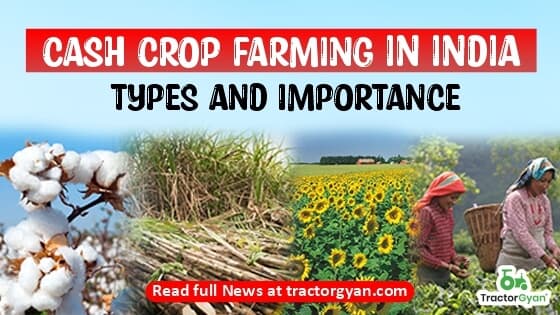






.webp&w=2048&q=75)
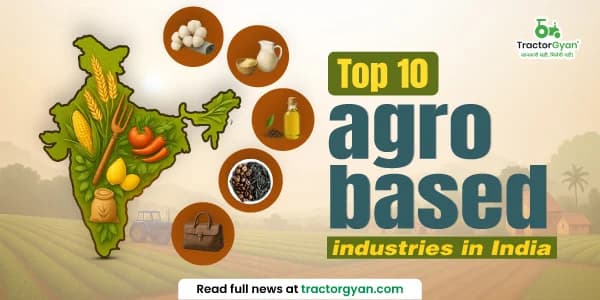
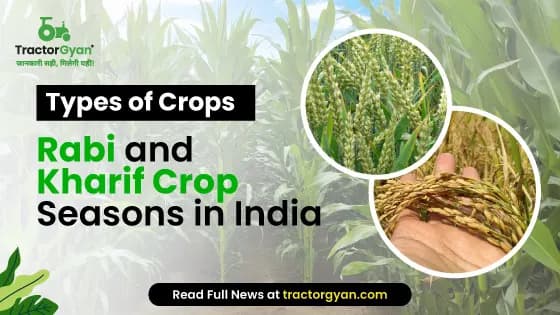



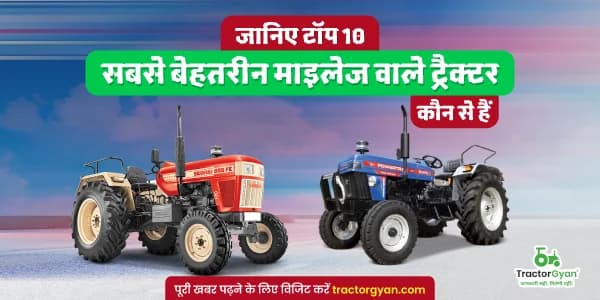
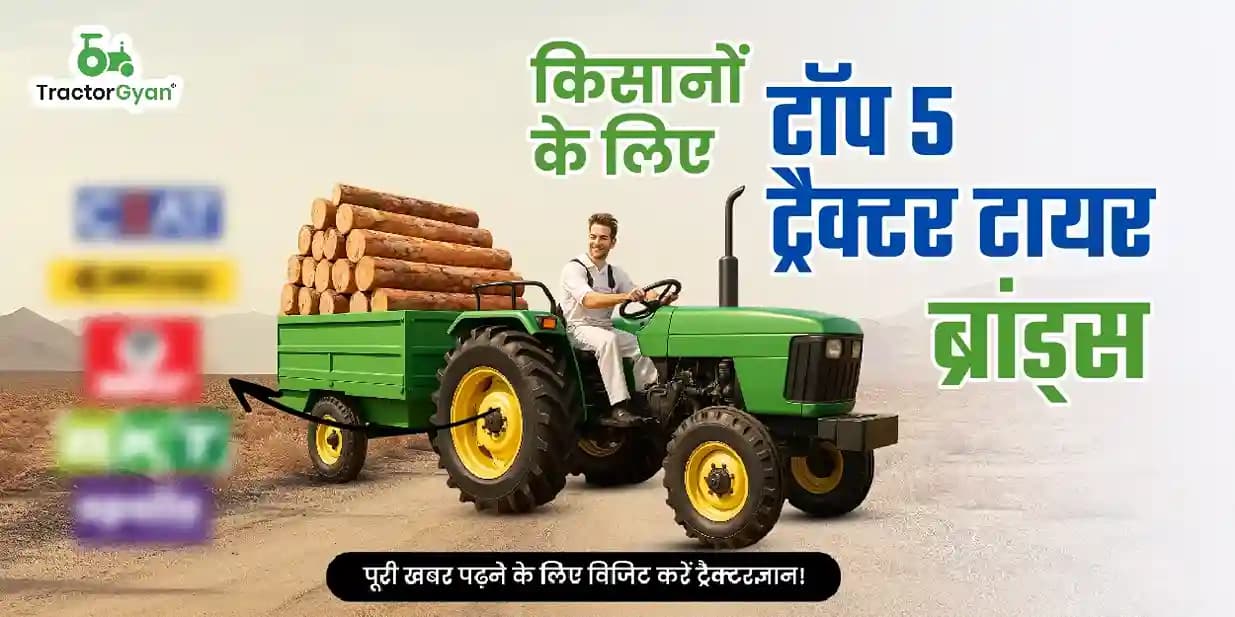

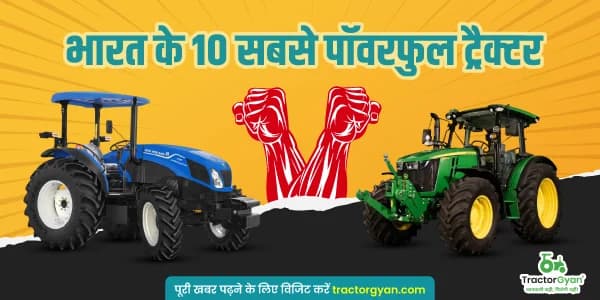

.webp&w=2048&q=75)
.webp&w=2048&q=75)




























